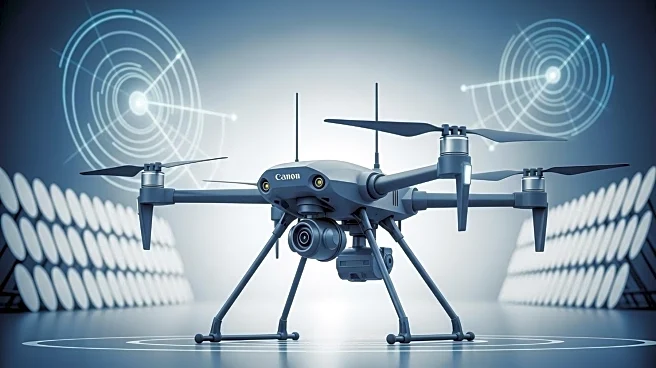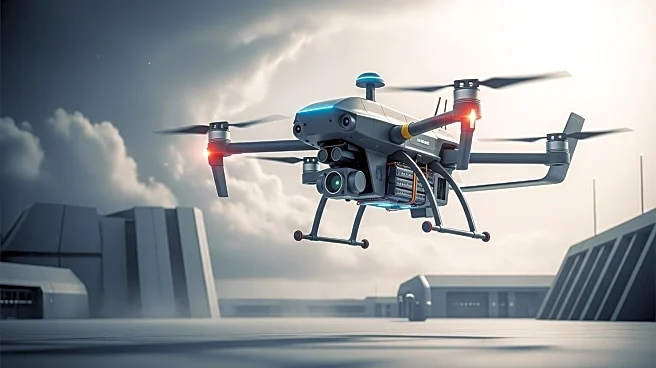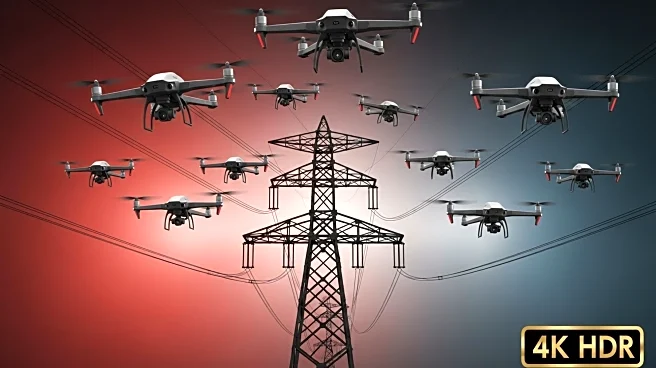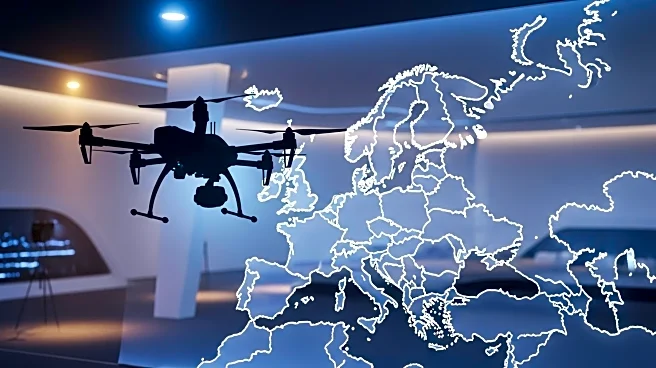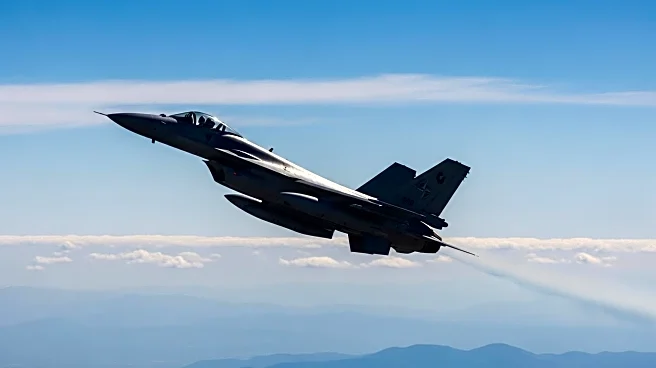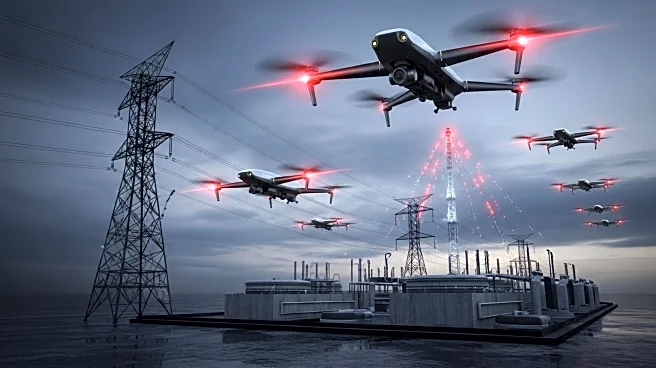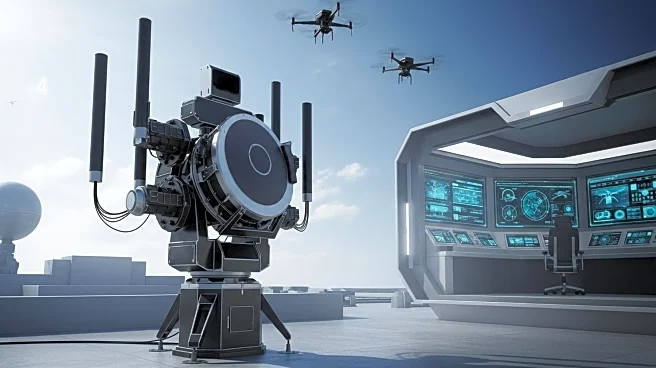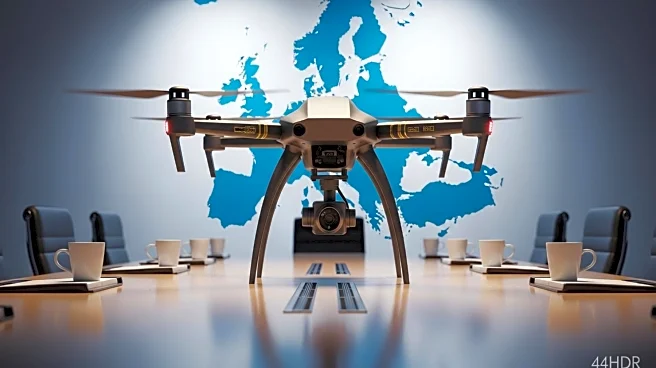What's Happening?
NATO is intensifying its 'Baltic Sentry' maritime presence and surveillance operations in response to the growing threat posed by unmanned aircraft systems (UASs) in the Baltic region, particularly affecting airports in Denmark. Recently, several Danish airports were forced to close due to UAS activity in their vicinity. In response, NATO's Allied Maritime Command (MARCOM) has shifted its focus to address this emerging threat. On September 28, the German Navy's Type 124 Sachsen-class frigate FGS Hamburg made a port call in Copenhagen, Denmark, as part of the 'Baltic Sentry' enhanced vigilance activity (EVA). Commander Arlo Abrahamson, MARCOM's chief spokesperson, emphasized the alliance's commitment to assurance and cohesion, stating that NATO will deploy additional multidomain assets, including intelligence, surveillance, and reconnaissance (ISR) platforms and air-defense frigates, to bolster security in the Baltic Sea region.
Why It's Important?
The expansion of NATO's vigilance in the Baltic region underscores the increasing security challenges posed by UASs, which can disrupt critical infrastructure such as airports. This move is significant for regional security, as it demonstrates NATO's adaptability and commitment to protecting its member states from emerging threats. The deployment of additional ISR platforms and air-defense frigates enhances NATO's capability to monitor and respond to UAS activities, ensuring the safety of airspace and maritime operations. This initiative not only reassures member states like Denmark but also strengthens NATO's deterrence posture against potential adversaries who may exploit UAS technology for disruptive purposes.
What's Next?
NATO's continued vigilance in the Baltic region is likely to involve further deployment of multidomain assets to enhance surveillance and deterrence capabilities. The alliance may also engage in collaborative efforts with member states to develop strategies and technologies to counter UAS threats effectively. As the situation evolves, NATO's response may include increased joint exercises and intelligence-sharing initiatives to ensure comprehensive security coverage. Stakeholders such as regional governments and airport authorities will likely be involved in discussions to enhance coordination and response mechanisms to UAS incidents.
Beyond the Headlines
The increased focus on UAS threats highlights broader implications for international security and defense strategies. As UAS technology becomes more accessible, the potential for misuse by non-state actors or hostile entities grows, necessitating robust countermeasures. This development may prompt NATO and other international organizations to invest in advanced detection and neutralization technologies, as well as regulatory frameworks to manage UAS operations. The situation also raises ethical and legal questions regarding the balance between security measures and civil liberties, particularly in terms of surveillance and airspace management.


